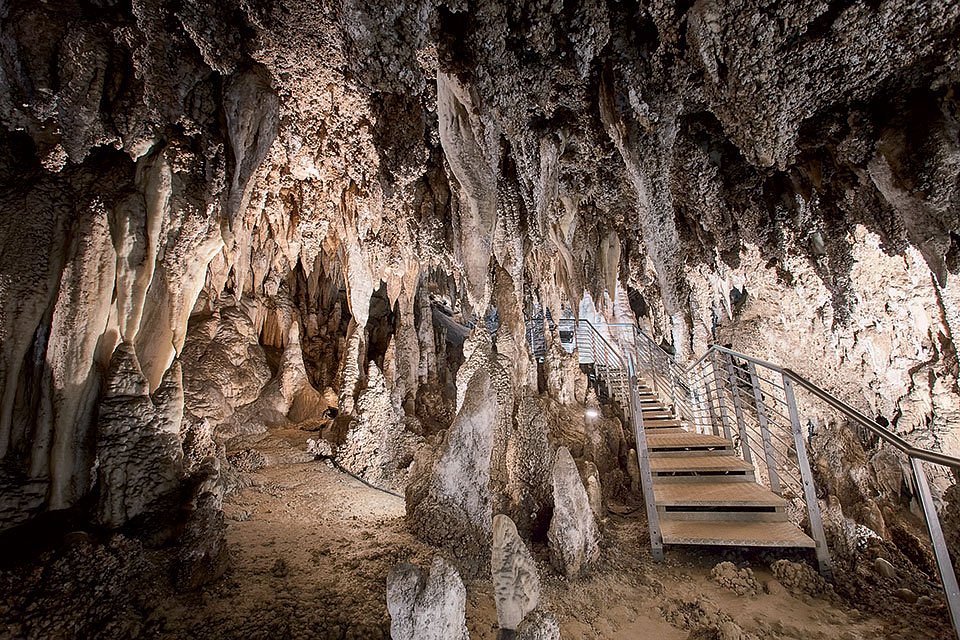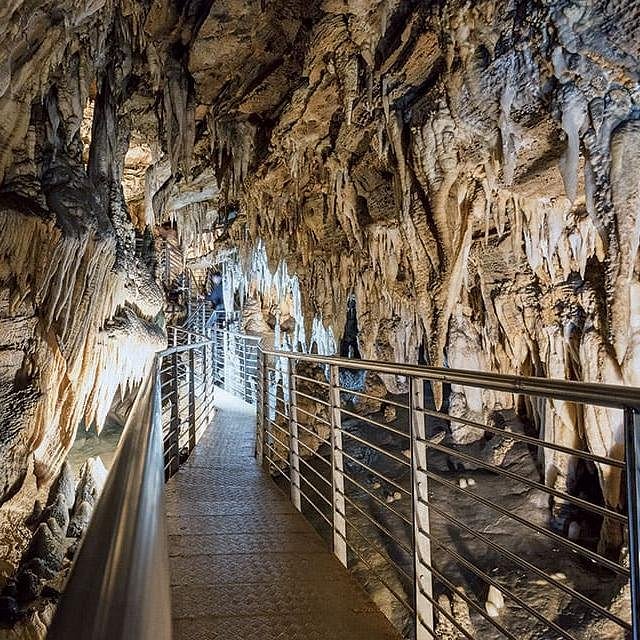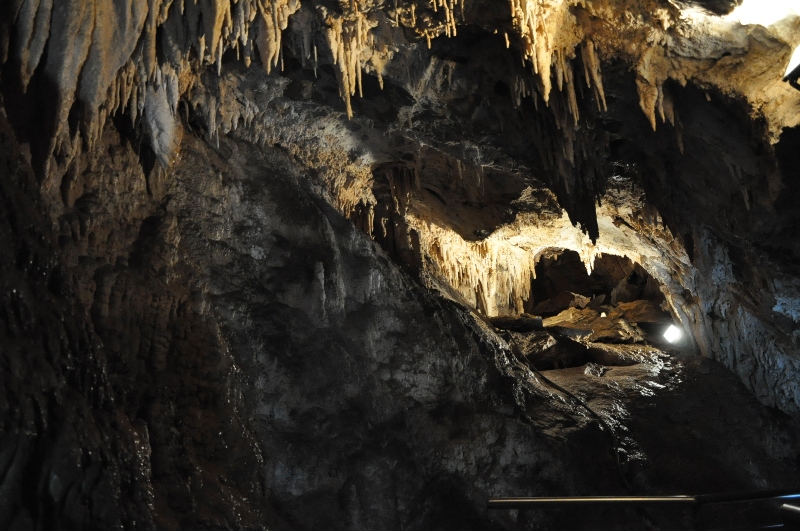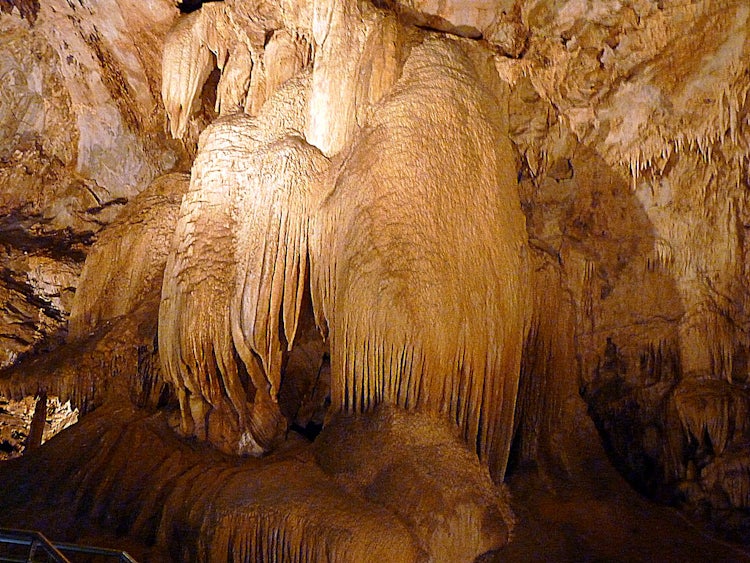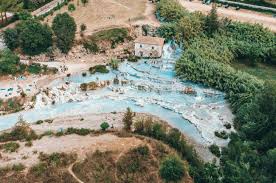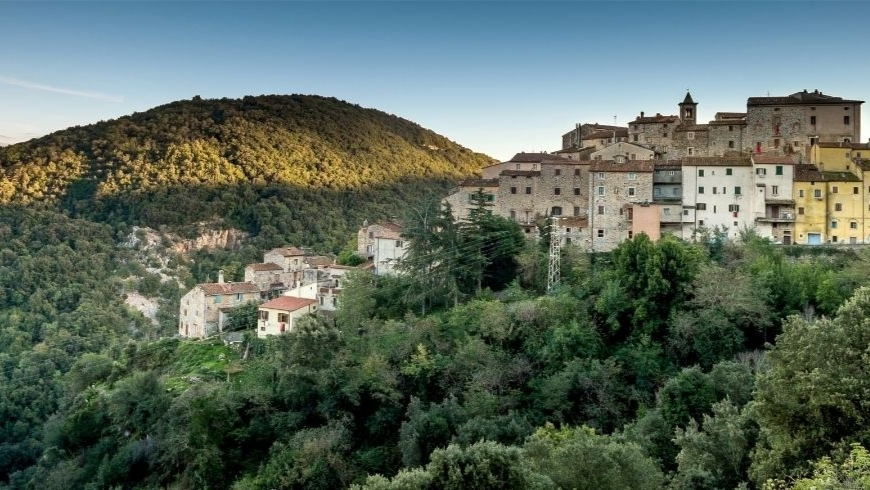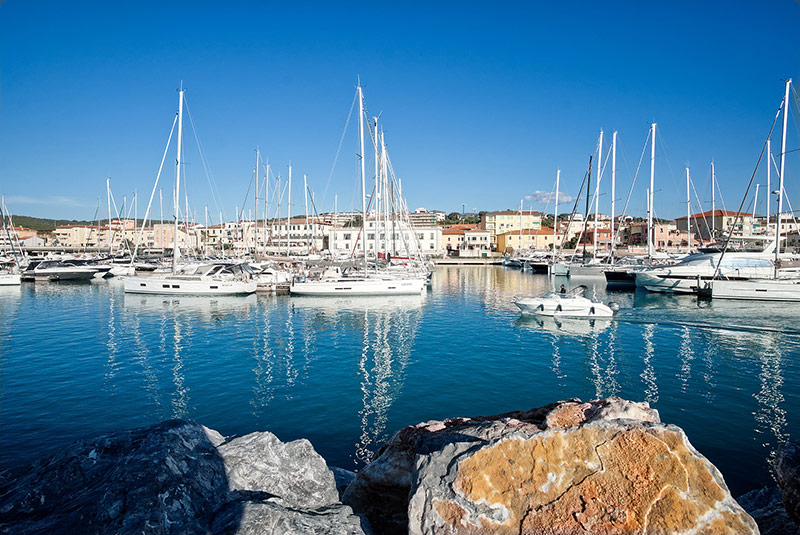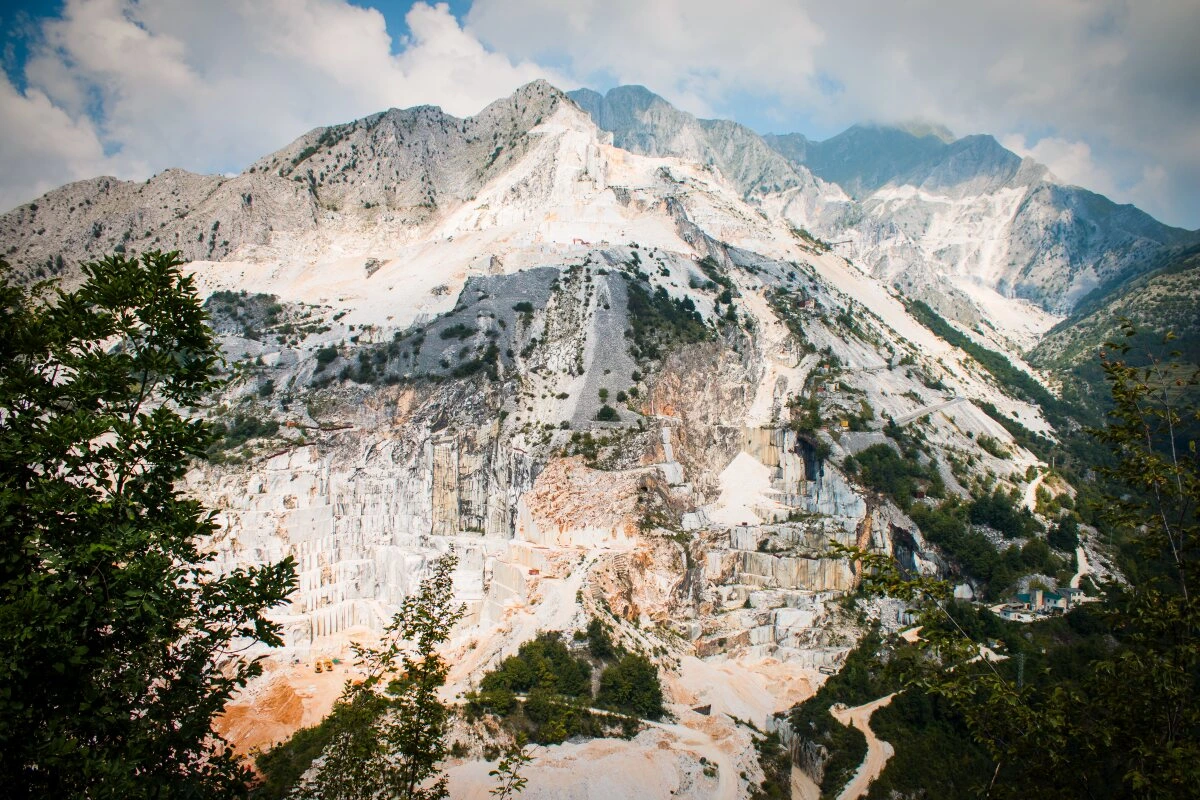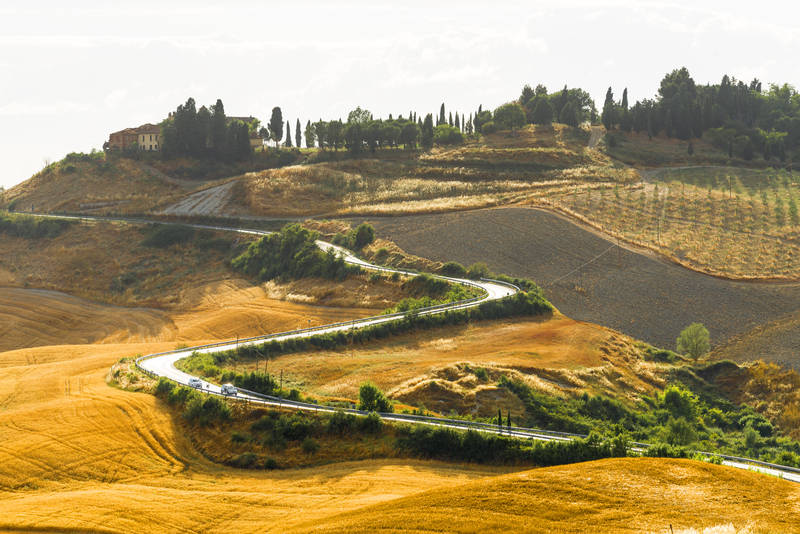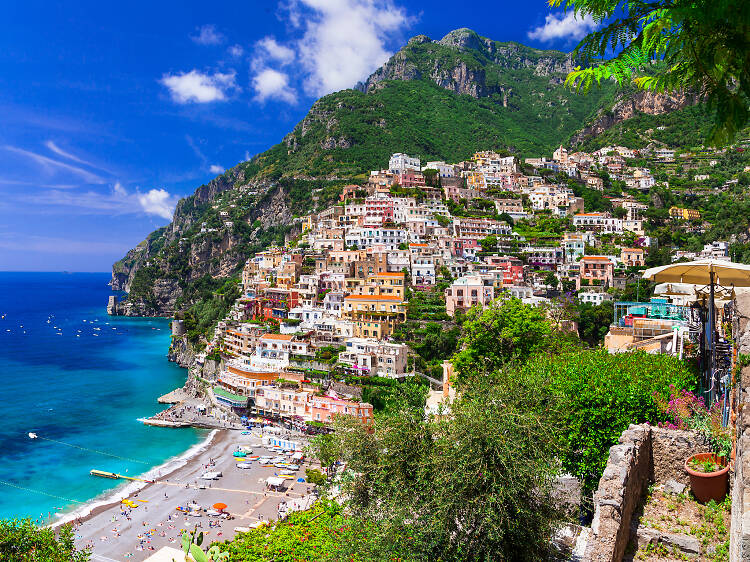Antro del Corchia Cave
The underground cathedral
Corchia is one of the largest and most beautiful karst caves in Italy. It is located in the province of Lucca, Tuscany, near the village of Filettole. The cave is situated in the Apuan Alps, which are known for its marble quarries and caves. It was formed by underground rivers which dissolved the limestone rock of the mountains. The total length of all its grottoes is over 35 kilometers. Because of its length and depth, the cave is also known as "the underground cathedral". It's one of the largest cave systems in Europe.
Corchia Cave through centuries
The development of caves began about a million years ago. In prehistoric times, Cave Corchia served as a shelter for Neanderthals. These people left traces on the walls of the cave. For example, traces of ancient paintings were found on their walls.
In the Middle Ages, this place was used as a prison. The prisoners were locked up in the deepest part of the cave, where no one could reach them.
During World War II, the Corchia Cave was an underground shelter for area residents who were affected by the Austrian-Italian fighting.
The discovery of Antro del Corchia
The Antro del Corchia became known to modern science at the end of the 19th century when geologist Attilio Menotti discovered it in 1894 while studying the area's geology. Scientific explorations were carried out by Menotti's brother, Giuseppe Menotti, who received financing from wealthy local intellectuals and notables. The first exploration campaigns were held between 1900 and 1903. In 1888, it was first visited by tourists. And still, nowadays Antro del Corchia attracts people worldwide interested to see its rare beauty.
